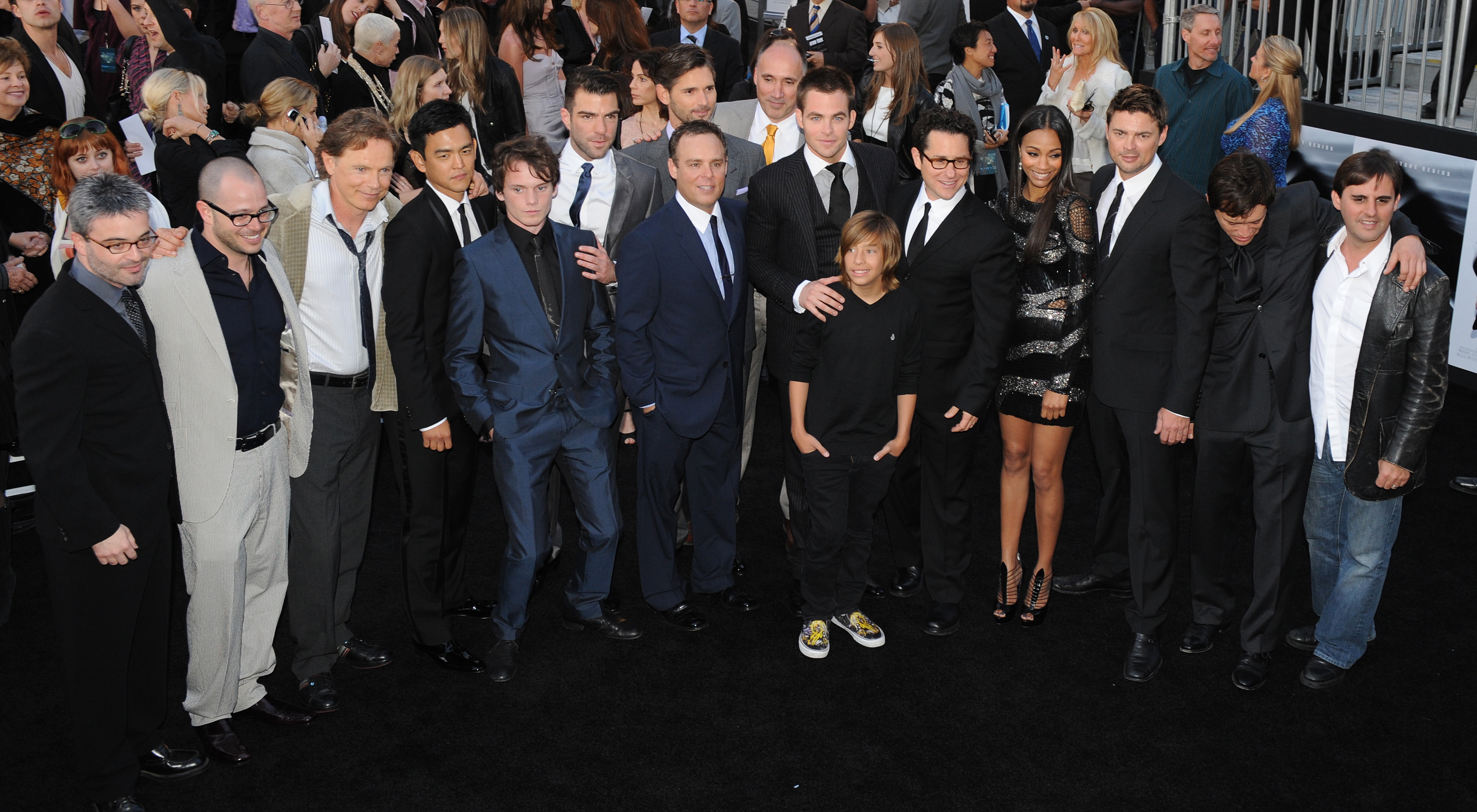
by Frankie TAGGART
It launched with a five-year mission “to boldly go where no man has gone before,” but half a century on “Star Trek” has become a visionary blueprint of humanity at its very best.
As the multi-billion-dollar cultural phenomenon, adored by fans the world over, marks its 50th anniversary on Thursday, it is being held up as a utopian masterplan for an inclusive society free of prejudice and hate.
When the show debuted on September 8, 1966 the concept was a three-season television show following the crew of the starship Enterprise as they ventured into the galaxy to seek out new civilizations.
An inauspicious first episode, “The Man Trap,” told of a shape-shifting alien that attacked members of the Enterprise to harvest their salt.
Little did NBC know it would snowball into a touchstone in entertainment spawning six shows with a combined 725 episodes and 13 movies, and turning its stars into household names.
“To be talking about the 50th anniversary is insane. I was born the same year that Star Trek was,” veteran filmmaker J.J. Abrams, the creative force behind the new “rebooted” trilogy, told a convention in Hollywood in May.
“I know how old I feel, so the idea that this thing endures is incredible.”
The original series starred William Shatner, now 85, as the suave Captain James T. Kirk and Leonard Nimoy, who died last year at the age of 83, as his stilted sidekick — a half-human, half-Vulcan science officer named Mr Spock.
Gene Roddenberry wrote the pilot in 1965, the same year as the first US spacewalk, and pitched the show as “a wagon train to the stars,” figuring that westerns were popular in Hollywood at the time.
– Helping the team –
Fans say Roddenberry examined earthly social issues with an unparalleled sensitivity, presenting television’s first truly multiracial cast, and the first televised interracial kiss.
“When I was a kid, sci-fi movies and TV shows were about humans beating — or being beaten by — monsters,” astronomer Phil Plait told Air and Space, a bimonthly magazine produced by the National Air and Space Museum in Washington DC.
“The original series episode ‘Devil in the Dark’ showed that who was the monster isn’t always that clear-cut, and that had a deep effect on me.”
NASA space shuttle pilot Terry Virts recalled his excitement at going to see the first ‘Star Trek’ movie with his dad.
“We actually studied leadership via ‘Star Trek’ at the Air Force Academy. There were a lot of practical lessons to learn about decisiveness versus being too rash, or performing your specific role well to help the team.” he told the magazine.
Korean-American actor John Cho, who plays Starfleet Officer Hikaru Sulu in the rebooted trilogy — including the 50th anniversary film “Star Trek Beyond” — describes multiculturalism as one of its “defining features.”
“I really believe theoretically in ‘Star Trek’ movies. It’s a good cultural product, in my opinion. I wanted to be a part of something I felt was an important, positive cultural contribution,” the 44-year-old told AFP ahead of the movie’s July release.
The franchise has attracted a devoted global cult unified by their affection for the Roddenberry vision, and today “Trekkies” are the only fan group listed by name in the Oxford English Dictionary.
– Respect –
“Unbelievable!!!!!,” a feature-length sci-fi parody of the franchise, premiered in Hollywood on Wednesday, in what organizers described as possibly “one of the largest historic gatherings of former ‘Star Trek’ actors.”
The movie follows the exploits of four astronauts — one of whom is an animatronic marionette resembling Kirk — who travel to the moon to rescue missing comrades.
Around 28 former actors from the five series and two of the films hit the red carpet for “Unbelievable!!!!!,” including its stars Nichelle Nichols, who played Uhura in the original series, and Walter Koenig, who was navigation officer Pavel Chekov.
“We wanted to create a unique and original film that sci-fi fans can watch again and again, celebrating their love for this iconic TV show,” said Steven Fawcette, who made the film with his wife Angelique.
A new series, which begins filming in Toronto this month ahead of a premiere planned for January next year, will be the franchise’s first new outing in more than a decade.
US television network CBS announced at San Diego Comic-Con in July that it would be called “Star Trek Discovery.”
“I think ‘Star Trek’ in general has been about individual rights and about respecting everyone, no matter who or what they are,” said Brent Spiner, who played the android Data in the “Star Trek: The next Generation” television and film series.
“A lot of our politicians and our fellow citizens could take a page from ‘Star Trek’ and have a bit more respect for each other and for all of us,” he added.
© 1994-2016 Agence France-Presse







